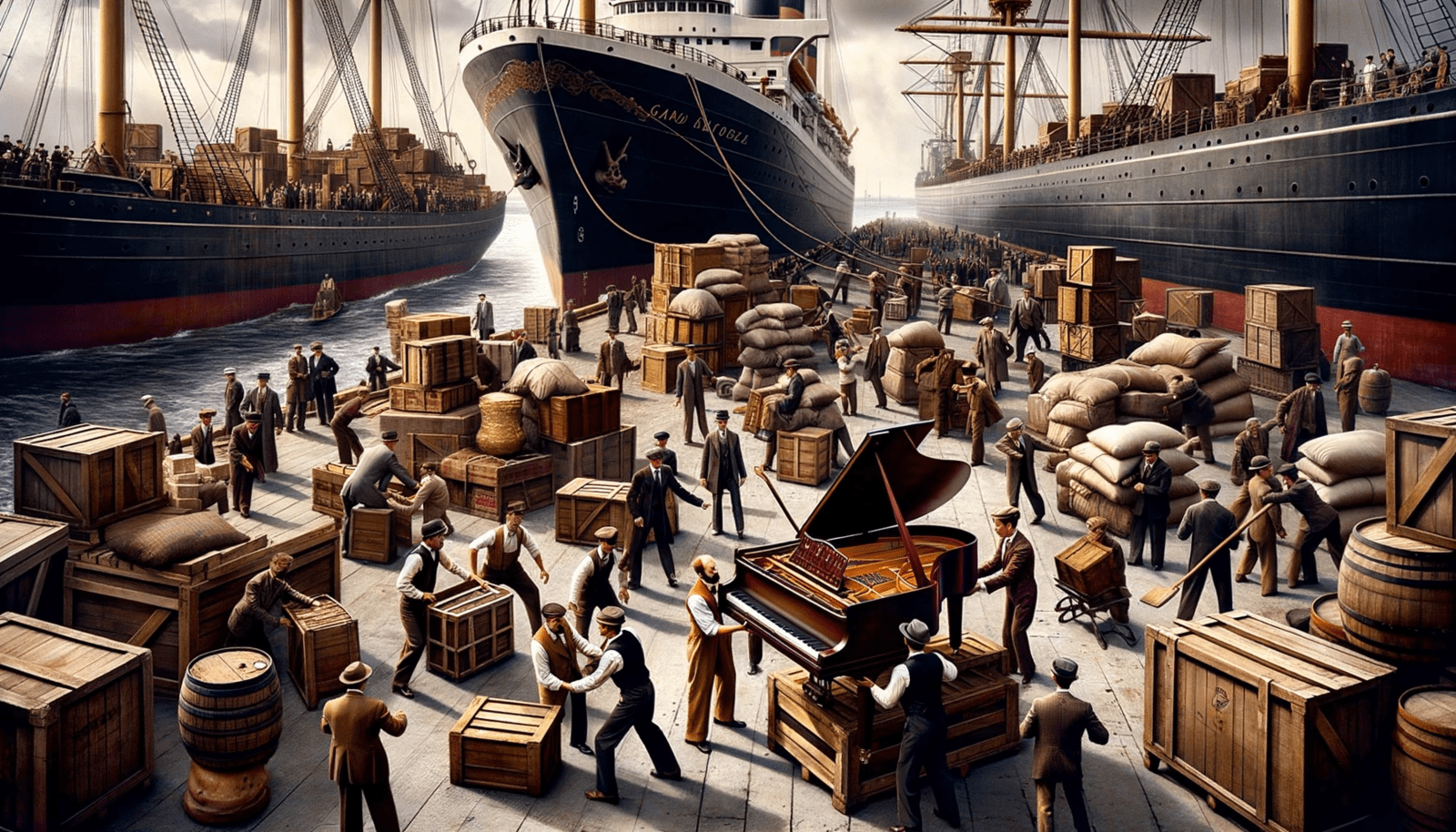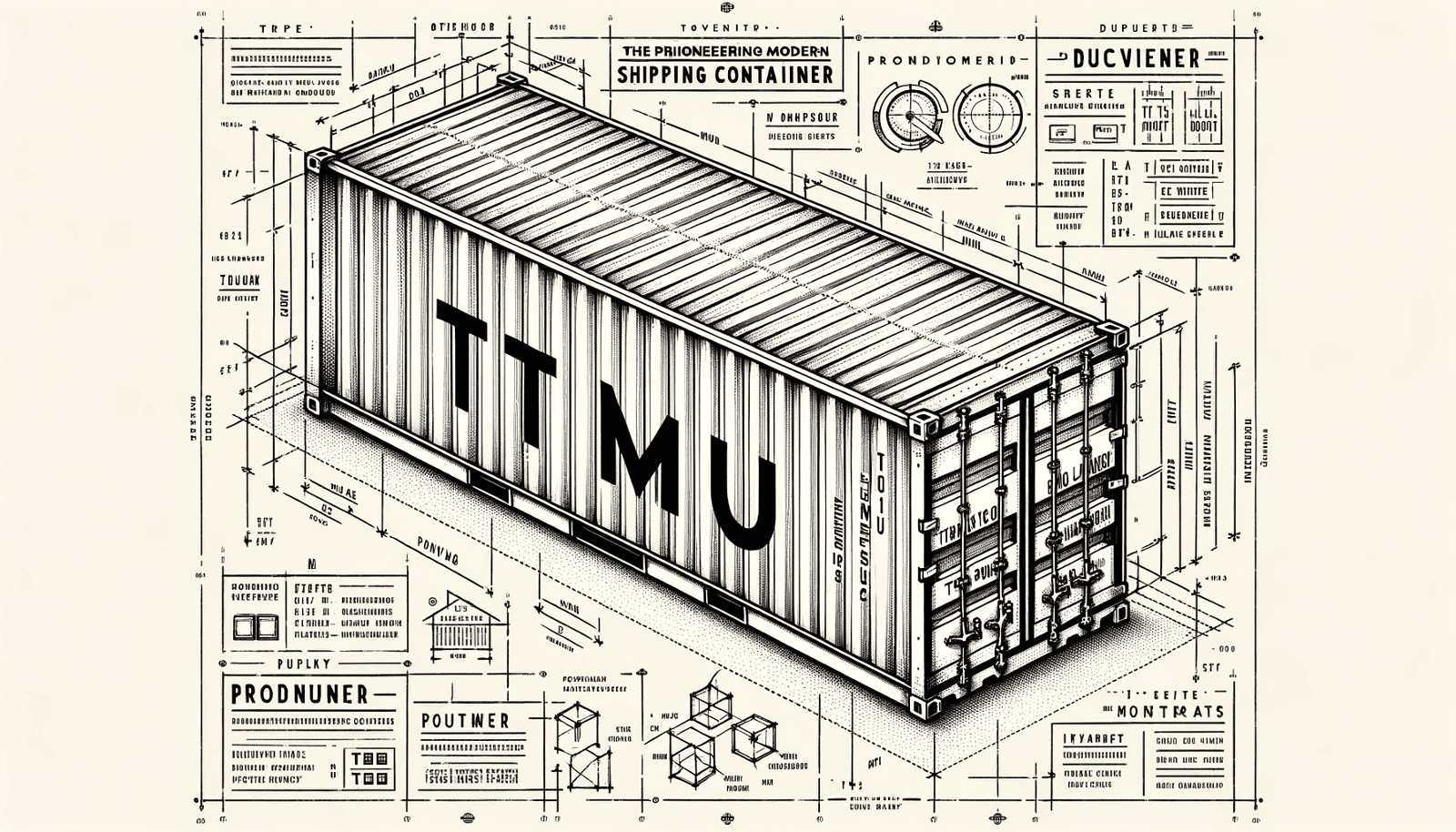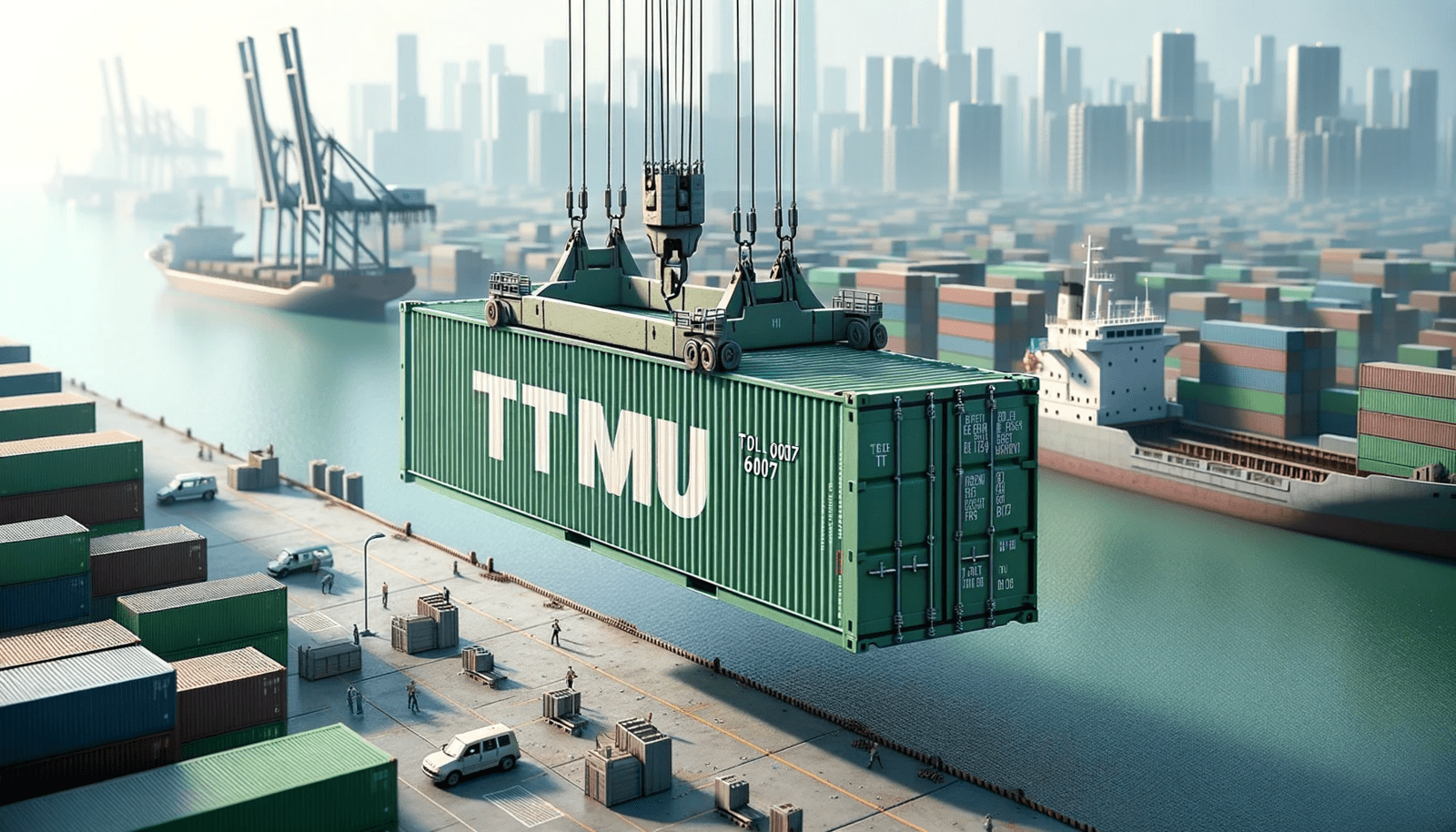
Ahoy, dear readers! Today, we embark on a journey back in time, to an era when loading a ship was as chaotic as trying to find a needle in a haystack. The modern shipping container, a seemingly simple steel box, has played an instrumental role in shaping the dynamics of global trade. Its standardized design has streamlined logistics, reduced shipping costs, and transformed the way goods are transported worldwide.
The Era Before Standardization
Picture the bustling docks of the mid-20th century. Workers were hustling and bustling, loading ships with a myriad of oddly shaped cargo. Every item, be it a crate of apples or a barrel of oil, demanded its own unique handling. This method, often referred to as "break-bulk shipping," was labor-intensive and time-consuming. Each item had to be loaded and unloaded individually, leading to extended ship turnaround times and increased opportunities for theft and damage.
Malcolm McLean's Vision
The concept of containerization can be credited to Malcolm McLean, an American trucking magnate. In the 1950s, McLean recognized the inefficiencies of the break-bulk method and envisioned a system where a single, standardized container could be used across different modes of transport without the need for unloading and reloading its contents.

Designing the Modern Container
In 1956, McLean collaborated with engineer Keith Tantlinger to design and build the prototype of the modern shipping container. The design was focused on:
- Durability: Primarily of corrugated steel, to withstand harsh marine environments, heavy loads, and the stresses of being stacked.
- Standardization: The dimensions were standardized, ensuring that containers could be easily stacked on ships, trains, or trucks.
- Security: Twist locks at the corners, allowing containers to be securely fastened to each other and to transport vehicles.
- Cost-Efficiency: The design aimed to reduce the cost of production, making it economically viable for mass adoption
The Maiden Voyage of the SS Ideal X
To demonstrate the potential of his invention, McLean purchased an oil tanker, the SS Ideal X, and retrofitted it to carry his newly designed containers. On April 26, 1956, the SS Ideal X embarked on its maiden voyage from Newark to Houston, carrying 58 containers. This voyage marked the beginning of a new era in maritime transport.

Global Adoption and ISO Standardization
Recognizing the immense benefits of containerization, the shipping industry rapidly adopted McLean's innovation. By the late 1960s, ports around the world were being redesigned to accommodate container ships. To further streamline operations, the International Organization for Standardization (ISO) set global standards for container dimensions and fittings in 1961, solidifying the container's place in global trade.
Conclusion
So, the next time you sip on that imported coffee or wear that foreign-made shirt, take a moment to thank the humble shipping container. And to Malcolm McLean, we raise our mugs (imported, of course) and say, "Thanks for thinking inside the box!"


